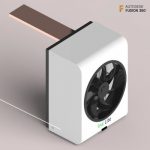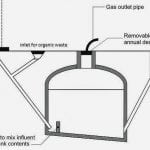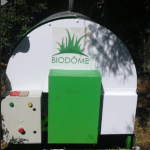Pee-Power Urinal
Bristol Robotics Laboratoy and Oxfam
Pee-Power is an electricity-generating sanitation solution for decentralized areas.
Pee-Power is a prototype that uses urine as a source of power to produce electricity. The microbial fuel power has been able to generate enough power to charge a Samsung mobile phone, which enables SMS messaging, web browsing and to make a brief phone call. It has also been able to generate sufficient levels of electricity to power a LED-based lighting system for one toilet cubicle.
Plans are to develop microbial fuel cells to power indoor lighting in refugee camps and disaster areas. In phase two, the purpose is that microbial fuel cells (MFC) can provide enough power to light a 10 m radius around a block of four toilets.
The prototype has been tested on the University campus. The urinal on the campus resembles a toilet used in refugee camps by Oxfam to make the trial as realistic as possible. See video of how the Pee-Power works and video of a mobile phone running on urine power.
Prototypes were installed in the UK’s largest music festival for field-trial purposes. Pee Power has also been introduced in schools in Uganda and Kenya.The prototype needs improvement before any commercial deployment, and plans are to install the technology worldwide.
The Pee-Power technology is the result of a partnership between researchers at the Bristol Robotics Laboratory, a collaborative partnership between the University of the West of England (UWE Bristol) and the University of Bristol, and Oxfam. This technology is also funded by Bill and Melinda Gates Foundation.
As of June 2016, one microbial fuel cell costs about 1.30 USD to make and the complete unit that has been mocked up in the university would cost a total of 800-850 USD to set up in a refugee camp.
No commercialized products yet. Other prototypes include a miniature fuel cell to power mobile phones at the University of Bath, and a urine-powered generator in Nigeria.
Goal 7: Affordable and clean energy
Communities in refugee camps and disaster areas.
Pee Power has also been introduced in schools in Uganda and Kenya.












